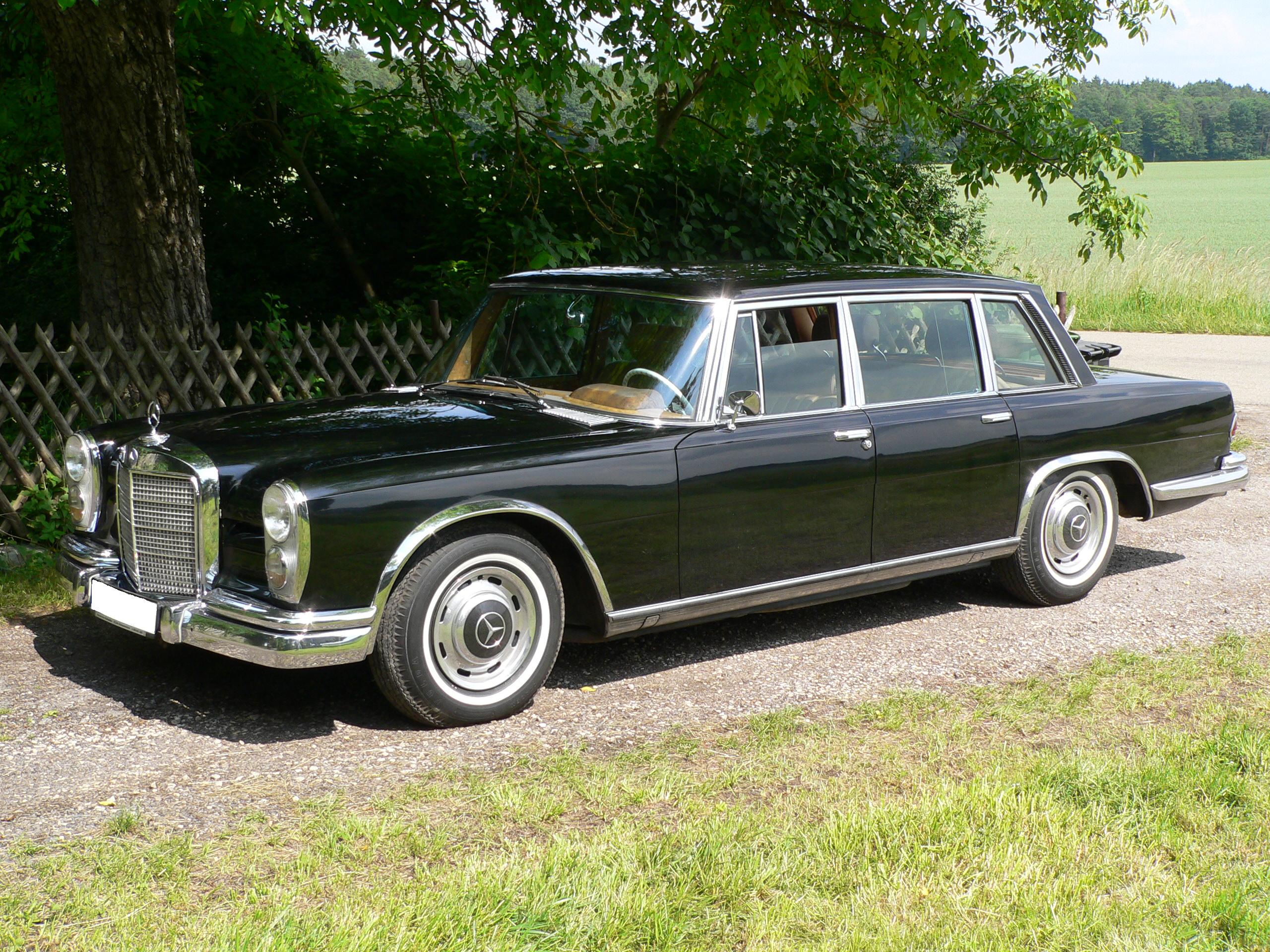Is the Grosser the “Most Mercedes” Mercedes?
It is MBWorld’s position that the Mercedes-Benz 600 Grosser limousine is the all-time ultimate Mercedes-Benz … the “most Mercedes” among all vehicles that have ever been branded “Mercedes”, “Benz”, or “Mercedes-Benz”. Here’s why we believe what we believe.
The Mercedes-Benz 600 limousine celebrated its 50th anniversary just last year. This larger-than-life and in many ways imposing car easily can be considered the spiritual successor to the 1930’s Grosser Mercedes-Benz 7.7-liter top-of-the-line car. Even if you are not familiar with pre-war cars, the distinct identity of the 600 as a genuine Mercedes-Benz is absolutely undeniable, but what does it mean to be a genuine Mercedes-Benz?
Some intriguing insights can be found in Leslie Butterfield’s 2005 book, Enduring Passion, which focused not so much on car models, but on the branding of cars carrying the names Benz, Mercedes, and Mercedes-Benz. According to Butterfield, words like “trusted”, “reliable”, and “well-engineered” characterized the Benz brand, while words like “advanced”, “innovative”, and “luxurious” characterized the Mercedes brand. Looking back from today’s vantage point, one can more easily understand the 600 as quite possibly the sincerest expression of “Mercedes-Benz” brand values.
In April of 1945, Daimler-Benz AG officials announced that the company had “for all practical purposes ceased to exist.” However, the spirit of Gottlieb Daimler’s nineteenth century motto, “the best or nothing,” was never lost as evidenced by the swift return to the luxury segment with the debut of the model 300 sedans in 1951, and an equally swift return to racing in 1952 with the “gullwing” 300SL that was hastily cobbled together from the 300 sedan’s parts bin–engine, axle, and transmission included.
Worldwide success of Mercedes-Benz road and racing cars, combined with the overarching Wirtschaftswunder, the post-war German economic miracle, naturally led corporate directors to their most ambitious mandate in 1955: develop, without any regard to cost, the best and finest car in the world. Daimler-Benz engineering maestro, Fritz Nallinger, called the new car “an engineer’s playground.”
Internally designated as the W100 chassis, the 600 debuted at the Frankfurt Auto Show in 1963 and remained in production until June 1981. Its nearly two-decade reign at the top of the Mercedes-Benz catalog was largely due to the aegis of two longtime passenger car development chiefs, Rudolph Uhlenhaut and Karl Wilfert, who were each at the helm for three decades.
As the late, great motoring author Beverly Rae Kimes wrote for Mercedes-Benz’s official 1986 centennial book, The Star and the Laurel, “Although conceiving, designing, and developing a car is always the work of many people, Uhlenhaut and Wilfert stamped the Mercedes line with their personalities, and in the days when there were no computers to record every facet of a vehicle’s road behavior, it was Uhlenhaut’s personal judgment that decided what would or would not be done.”
Simply put, the 600 was a technical showcase for the engineering talent of the company and shared no parts with any existing models.
Among the many notable advancements introduced were the company’s first V8, massively sized at 6.3 liters; a self-leveling air suspension system with driver-adjustable dampers; adjustable steering wheel; and the silent operation of hydraulic (as opposed to noisy electric) power windows, sunroof, glass partition between the chauffeur and V.I.P., adjustments of all seats, opening and closing of the trunk, and even self-shutting doors … this nearly thirty years before the 1992 W140 S-Class.


